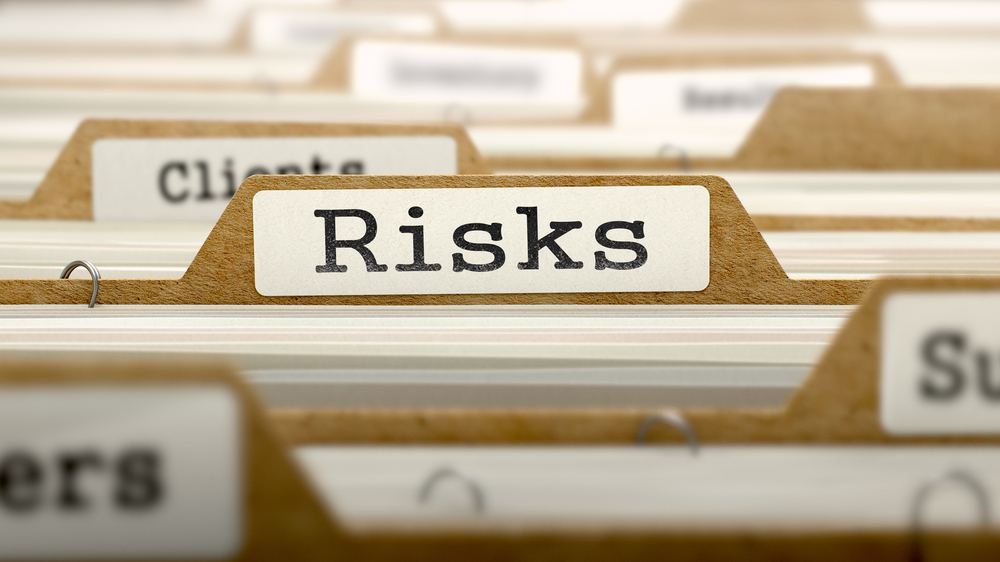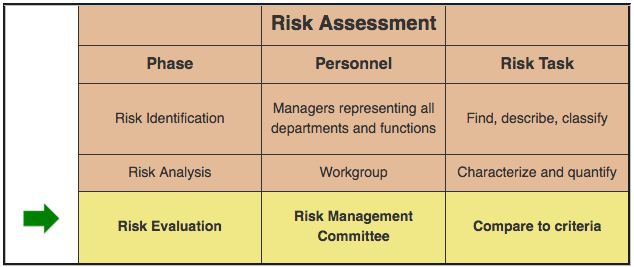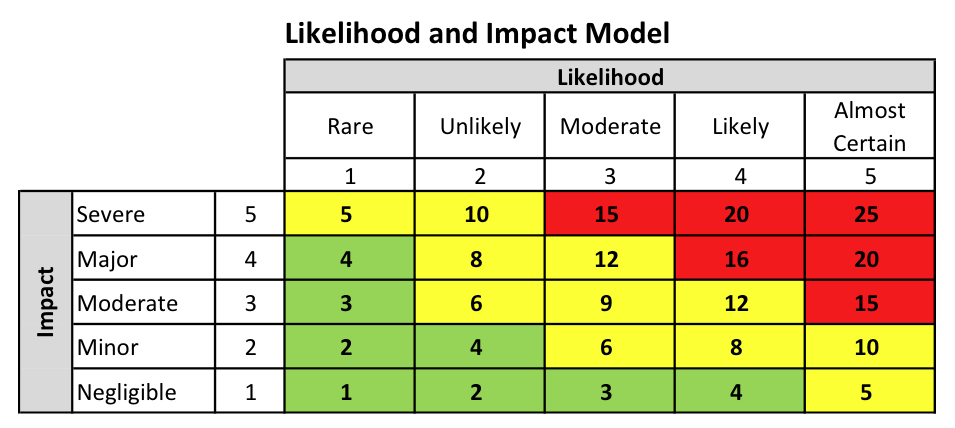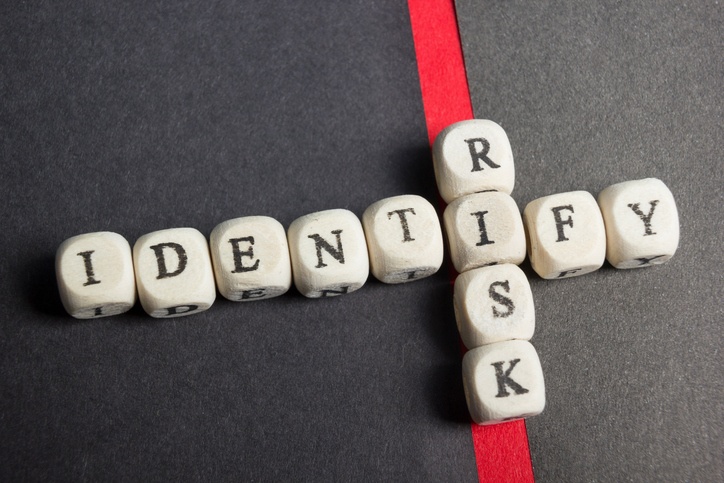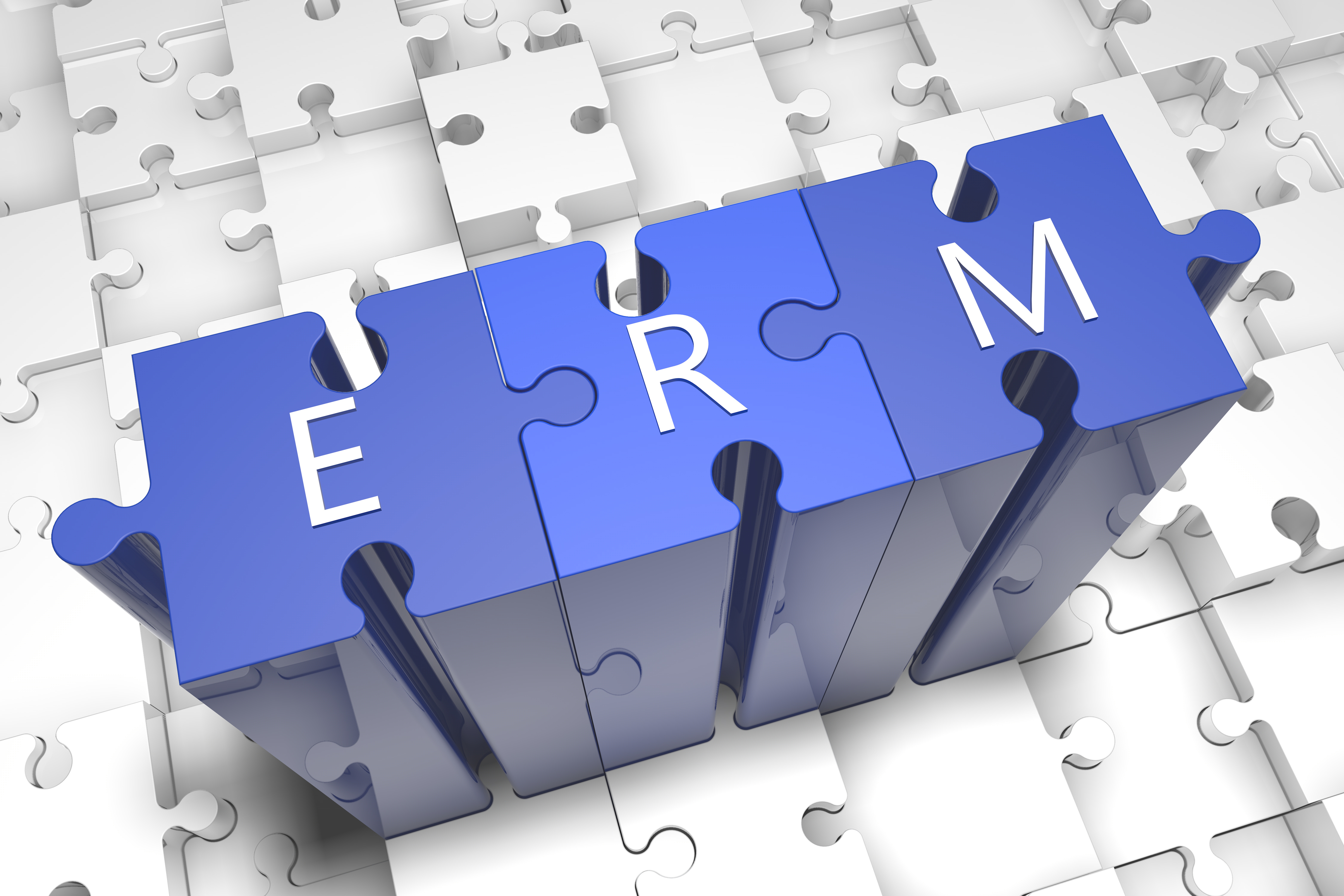In these challenging economic times, having a lower TCoR can not only give a company a competitive edge, but also improve its bottom line by affording it the ability to pursue opportunities their peers may not be able to.
There’s Value in Measuring the Total Cost of Risk (TCoR)
Topics: ERM/TCoR
As companies think about their supply chain and the risks that are inherent with that area, a good place to start is with your contract terms with the supplier – what are the terms you want? What are the terms you have agreed to?
With the unsettling state of affairs of the world today, a manufacturer or distributor has to be properly vetted and the terms of supply carefully considered. What is an acceptable delay or non-delivery?
Topics: ERM/TCoR
Total Cost of Risk (TCoR) – Strategies for Cost Savings
As part of any effective risk management program, the quantification of the Total Cost of Risk (“TCoR”) is an important number to focus on.
This article focuses on how Workers Compensation (“WC”) costs contribute to a company’s TCoR and, specifically, how the Experience Modification (“X-MOD”) factor works and can be managed.
We take TCoR seriously in our risk advisory practice as having a TCoR that is lower than a company’s peers gives that company a competitive advantage in, both, how it conducts its business and the opportunities it can pursue.
Topics: ERM/TCoR
Enterprise Risk Management | Monitor, Measure, and Evolve
In our previous posts on Enterprise Risk Management (ERM), we defined ERM and addressed how to set up the program and use it to assess and treat risks. We have come a long way! In this post, we evaluate the program.
ERM is not a static program. An effective approach to evaluating and enhancing the performance is a three-part one: measure, monitor and, most importantly, evolve.
Topics: ERM/TCoR
In our latest posts on Enterprise Risk management (ERM), we addressed the three phases of Risk Assessment: Risk Identification and Risk Analysis and Risk Evaluation. In this post, we turn our attention to Risk Treatment.
Topics: ERM/TCoR
ERM | RISK ASSESSMENT PHASE THREE: RISK EVALUATION
In our two most recent posts in this series, we addressed the first two phases of Risk Assessment: Risk Identification and Risk Analysis. This post looks at the final phase, Risk Evaluation.
Topics: ERM/TCoR
Risk Analysis is the second of three phases that make up a Risk Assessment.
What are the other two phases?
Topics: ERM/TCoR
ERM | Risk Assessment Phase One: Risk Identification
Topics: ERM/TCoR
Topics: ERM/TCoR
Implementing ERM | Building a Risk-Aware Culture and Developing an ERM Framework
Topics: ERM/TCoR

